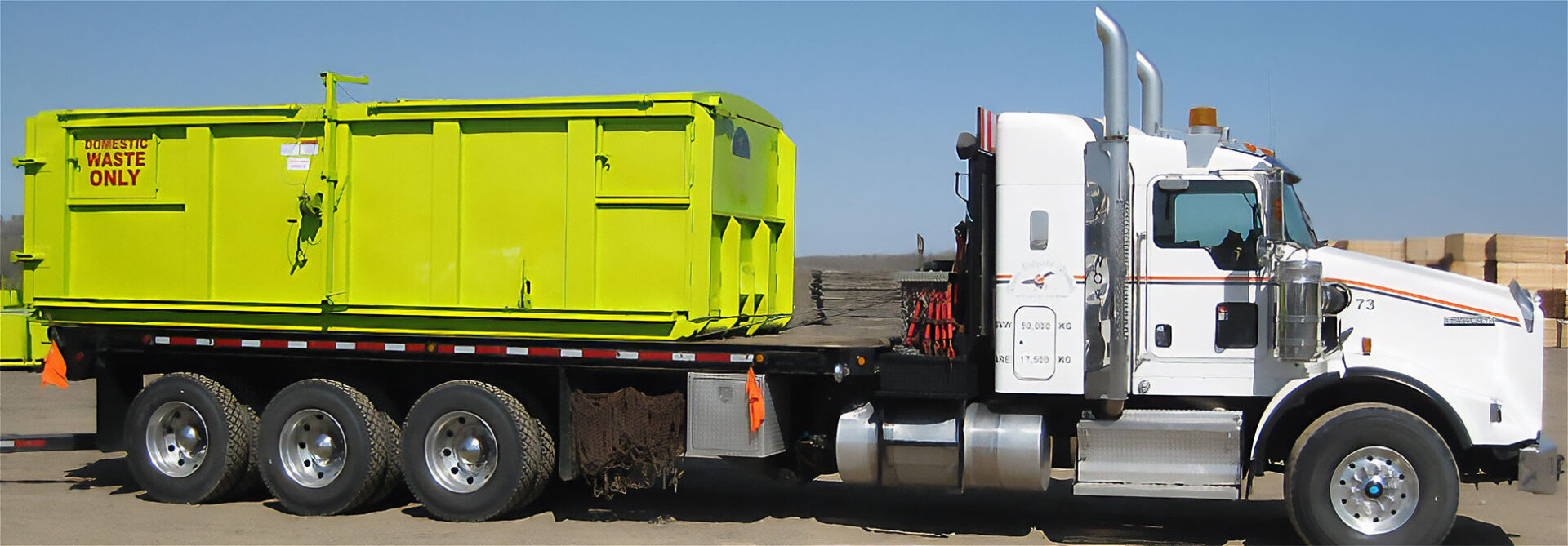Superior Rentals fusion machines: their role in modern projects
Everything About Oil Field Equipment and Pipeline Equipment: Key Insights and Essential Info
Oil field equipment and pipeline systems play a critical role in the oil and gas sector. They are vital for the reliable removal and transportation of hydrocarbons. Trick components, such as drilling rigs and storage containers, straight impact operational success. Advancements in technology guarantee to enhance safety and efficiency. Recognizing these aspects is crucial for any individual included in or thinking about this intricate field, as it sets the stage for deeper exploration of market methods.

Introduction of Oil Field Equipment
As the demand for oil continues to expand, comprehending the equipment used in oil areas becomes progressively essential. Oil field equipment incorporates a wide variety of equipment and tools crucial for expedition, extraction, and handling. Key parts include drilling rigs, which are essential for getting to oil reservoirs, and production equipment, such as separators and pumps, that assist in the removal procedure. Superior Oilfield Rentals oilfield. Additionally, storage space containers play a considerable function in holding petroleum before transport. Security tools, including blowout preventers and stress determines, assures operational safety and performance. Each piece of tools features cohesively to maximize production and preserve effective operations. Knowledge with this equipment is essential for specialists in the sector to guarantee effective operations and adherence to security standards
Kinds of Drilling Rigs and Their Applications
Drilling rigs work as the backbone of oil removal procedures, with different kinds made for details geological conditions and operational requirements. The most typical types consist of rotating boring rigs, which make use of a revolving drill bit to pass through the earth, and wire tool rigs, known for their percussion exploration technique. For offshore operations, jack-up rigs and semi-submersible rigs provide stability and assistance in marine atmospheres. Furthermore, directional exploration rigs allow drivers to pierce at angles, reaching down payments that are not vertically available. Each gear type has special advantages, optimizing effectiveness and safety based on the boring setting. Choosing the suitable gear is necessary for taking full advantage of resource removal while decreasing ecological effect and functional expenses.

Crucial Pipeline Equipment and Their Functions
Pipeline infrastructure is essential for the transport of oil and gas from extraction sites to processing facilities and end-users. Various essential equipment parts promote this process. Pipelines themselves work as the primary conduits, created to endure high stress and corrosive substances. Pump stations are essential for keeping circulation by improving pressure along the pipeline. Shutoffs play a vital duty in controlling circulation and separating areas for upkeep. Additionally, installations and Get More Information ports guarantee safe and secure joints in between pipe areas. Keeping track of systems, including flow meters and pressure sensing units, are crucial for discovering leakages and optimizing flow prices. Pigging equipment is utilized for upkeep and cleaning, guarding pipeline integrity and effectiveness. Together, these components develop the foundation of a dependable pipeline system.
Advancements and Technologies in Oil and Gas Equipment

Safety and Upkeep Practices in the Oil Market
While the oil sector has actually made considerable strides in modern technology and effectiveness, the significance of robust safety and security and upkeep methods can not be overstated. Effective security protocols are vital to protect employees and the atmosphere, decreasing the danger of crashes and spills. Regular evaluations and maintenance of tools help identify possible issues prior to they rise, making sure operational stability. Educating programs for workers are important, stressing the relevance original site of safety understanding and emergency situation reaction procedures. In addition, adherence to sector guidelines and requirements fosters a culture of safety and security. Carrying out advanced tracking innovations can even more boost upkeep practices, permitting for real-time analyses of equipment problems. Inevitably, prioritizing safety and security and maintenance is integral to the sustainability and success of the oil industry.
Regularly Asked Inquiries
What Are the Environmental Effects of Oil Field Equipment?
The ecological impacts of oil field equipment consist of environment destruction, water contamination, and air contamination (Superior Rentals reviews). Furthermore, equipment breakdown can bring about spills, negatively impacting wild animals and ecosystems, highlighting the demand for strict laws and tracking
Just How Is Oil Field Equipment Moved to Remote Locations?
Transferring oil field equipment to remote areas usually includes specialized cars, helicopters, or barges. Logistics business coordinate courses, making certain equipment gets here safely and effectively, considering surface and availability to minimize hold-ups and make the most of productivity.
What Governing Criteria Govern Oil Field Equipment?
Regulative criteria governing oil field equipment primarily include safety and security, environmental management, and functional effectiveness guidelines. Agencies such as OSHA and EPA implement these policies to guarantee safe techniques and minimize environmental impact in oil removal operations.
What Skills Are Needed to Run Oil Area Machinery?

Just How Do Oil Prices Impact Equipment Demand and Usage?
Oil prices trenchless sewer line repair significantly influence tools demand and use. Higher costs commonly result in enhanced exploration and production activities, driving need for equipment. Conversely, lower costs might result in reduced procedures and lowered demand for tools.